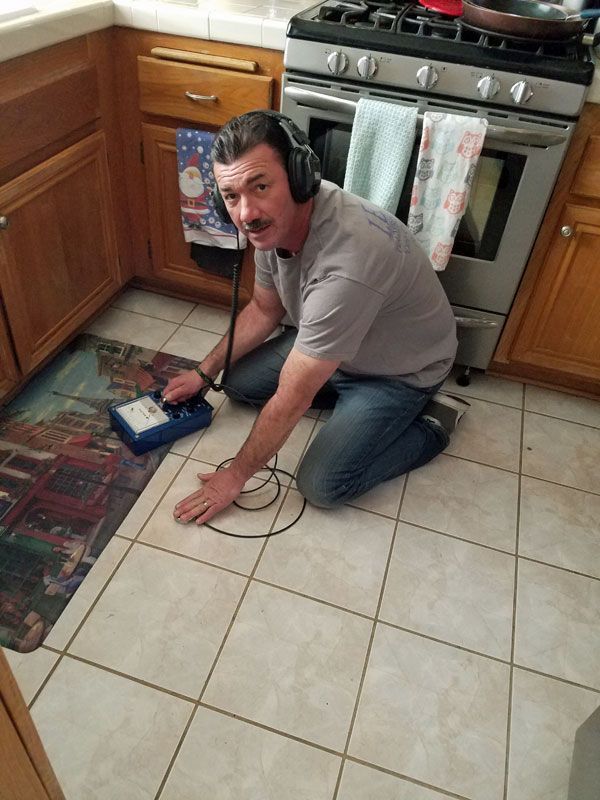Leaks, whether in residential, commercial, or industrial settings, can cause extensive damage if left undetected. From water damage and mold growth to costly downtime and energy loss, the consequences of leaks are often significant. Smart sensor technology provides a modern solution by offering real-time Leak detection Edinburgh, allowing property owners to prevent damage before it escalates.
How Smart Sensors Work
Smart sensors are advanced devices installed throughout plumbing, HVAC, or industrial systems to continuously monitor for signs of leaks. These sensors detect changes in:
- Moisture levels – Identifying water accumulation or dampness in walls, ceilings, floors, or underground areas.
- Pressure – Monitoring pipelines and pressurized systems for abnormal drops that indicate leaks.
- Flow patterns – Detecting irregularities in water, gas, or chemical flow that may suggest escaping fluid.
- Temperature – Using thermal readings to identify leaks behind walls or hidden areas.
When an anomaly is detected, smart sensors send immediate alerts to mobile devices, control systems, or maintenance teams, allowing for rapid response.
Advantages of Real-Time Leak Detection
1. Immediate Alerts
Real-time notifications reduce the time between leak occurrence and response, limiting damage and preventing secondary issues such as mold or structural compromise.
2. Continuous Monitoring
Unlike periodic inspections, smart sensors provide constant surveillance, ensuring that leaks are detected regardless of when they occur.
3. Targeted Repairs
By pinpointing the exact location of a leak, sensors allow technicians to conduct focused repairs, minimizing disruption and lowering costs.
4. Operational Efficiency
In industrial or commercial facilities, smart sensors prevent costly downtime by detecting leaks early and avoiding prolonged system interruptions.
5. Cost Savings
Early detection reduces water, energy, and resource waste, lowering utility bills and maintenance expenses while protecting long-term asset value.
Applications of Smart Leak Sensors
- Residential – Bathrooms, kitchens, basements, and HVAC systems.
- Commercial Buildings – Plumbing networks, cooling systems, and fire suppression systems.
- Industrial Facilities – High-pressure pipelines, chemical storage, and fluid distribution networks.
- Municipal Infrastructure – Water mains, sewer systems, and underground pipelines.
Implementing Smart Sensor Systems
- Identify Critical Areas – Install sensors in locations prone to leaks or high-value infrastructure.
- Integrate with Monitoring Platforms – Connect sensors to smart home systems, building management systems, or mobile alerts.
- Routine Maintenance – Test and calibrate sensors periodically to ensure accurate performance.
- Rapid Response Protocols – Establish procedures for immediate action upon receiving alerts.
- Data Analysis – Use collected data to identify trends, predict potential leak zones, and plan preventative maintenance.
Conclusion
Smart sensors represent a transformative approach to leak detection, providing real-time monitoring, rapid alerts, and precise leak localization. By implementing these systems, property owners and facility managers can prevent extensive damage, reduce costs, conserve resources, and maintain operational efficiency.
Investing in smart leak detection technology turns a reactive maintenance strategy into a proactive, data-driven approach, safeguarding assets and offering peace of mind through continuous, real-time protection.



